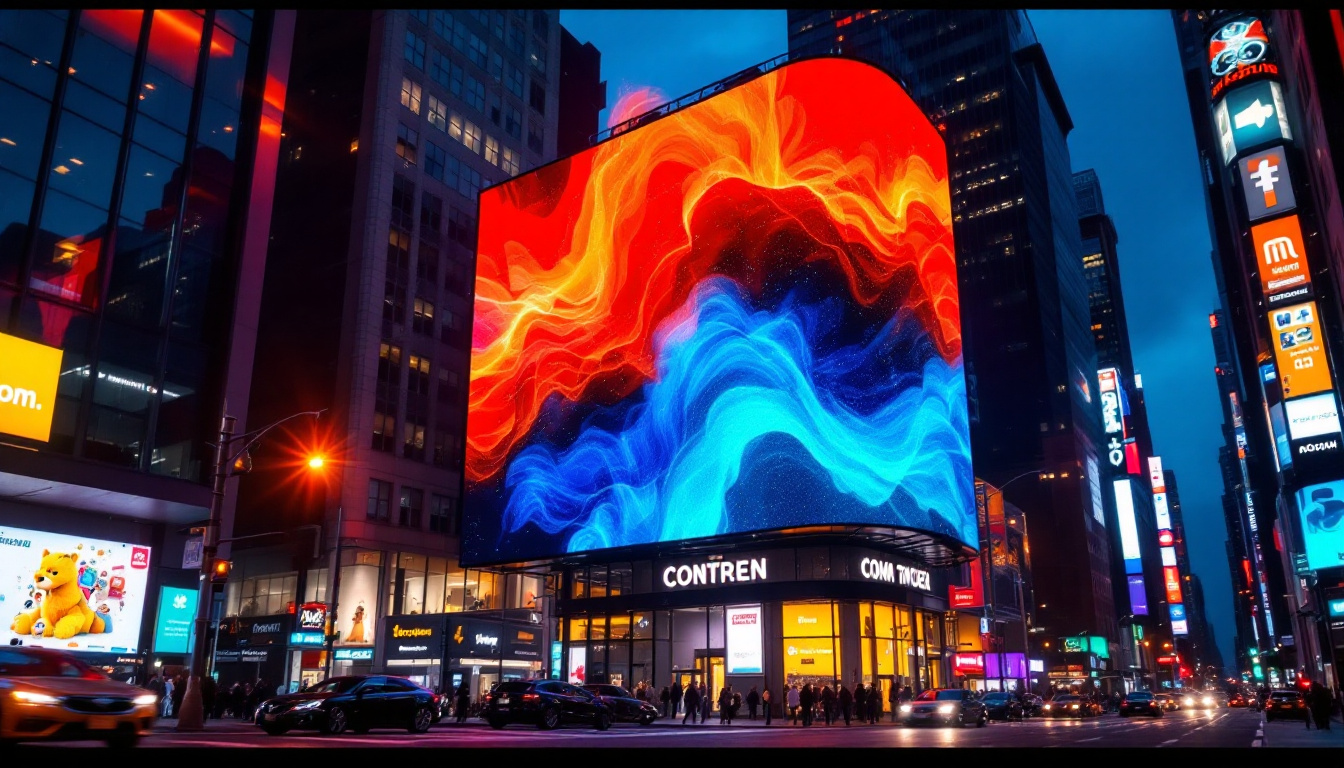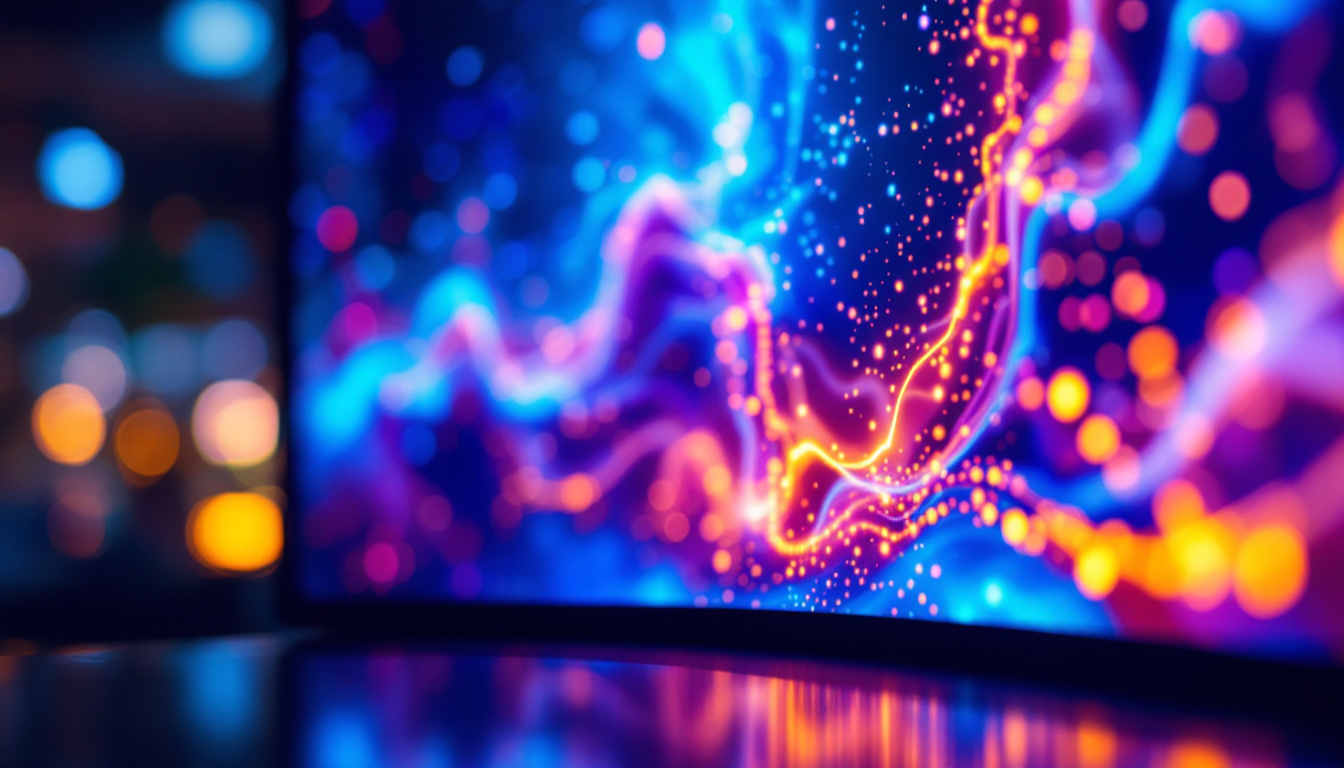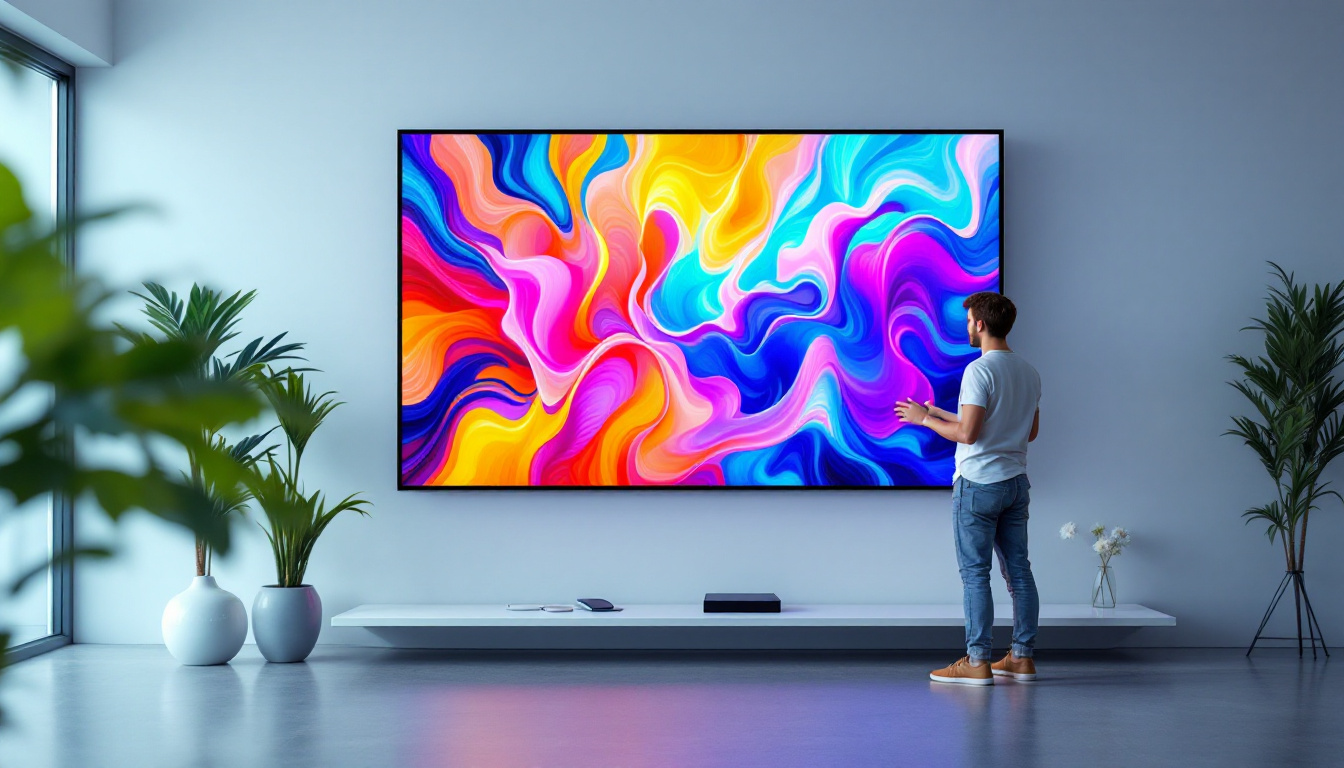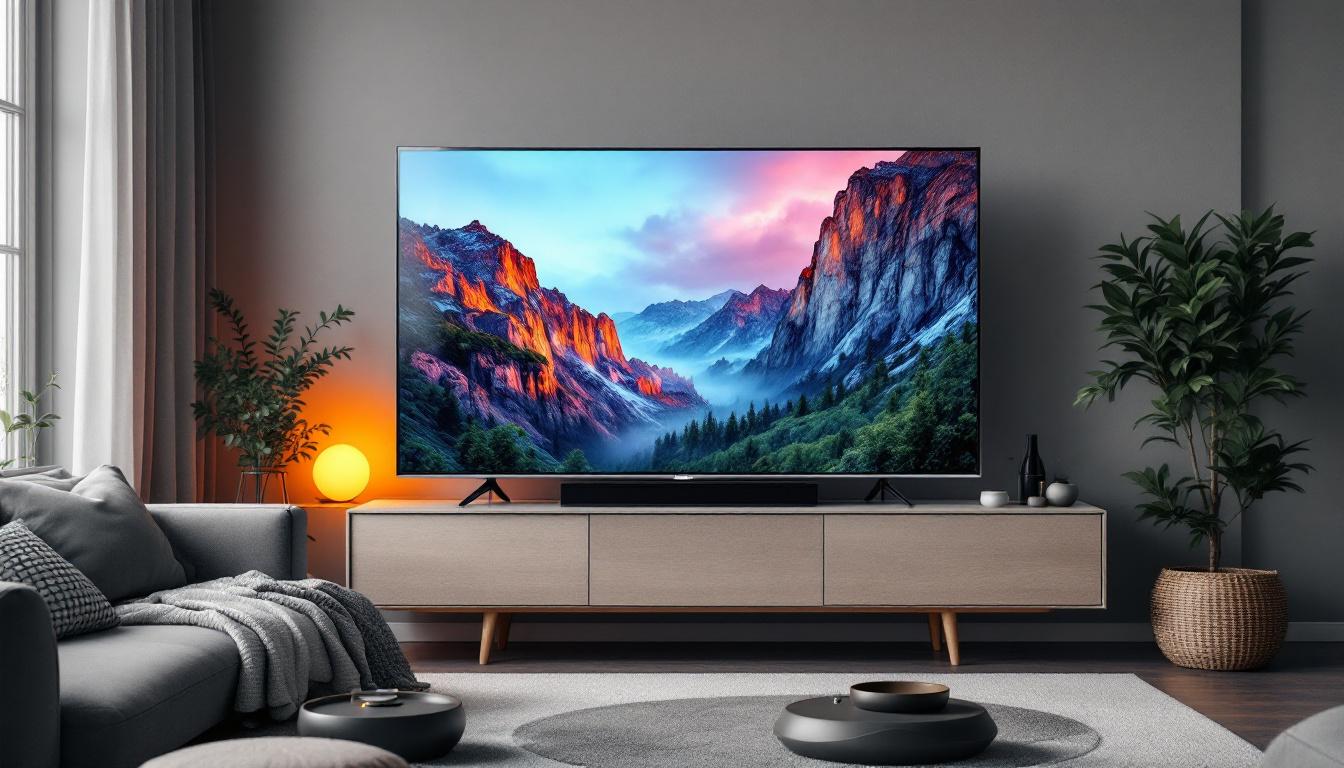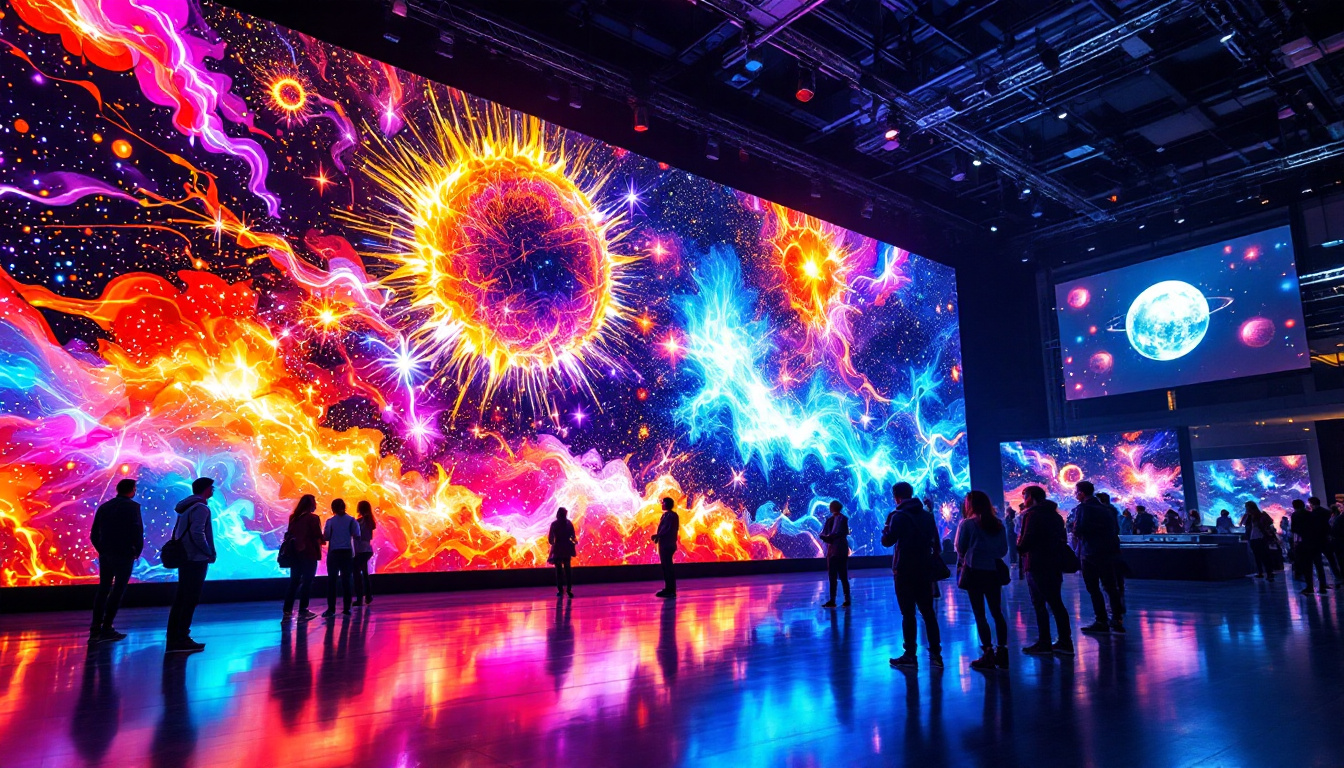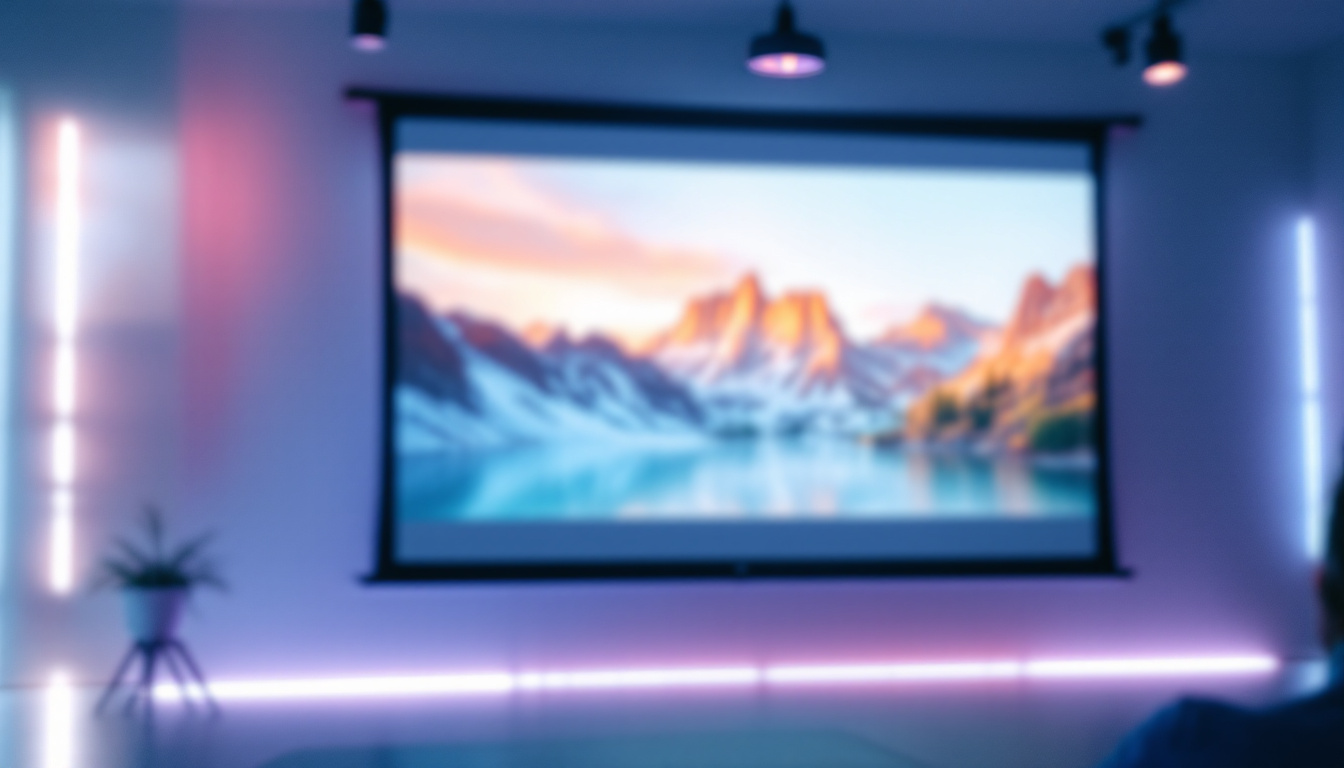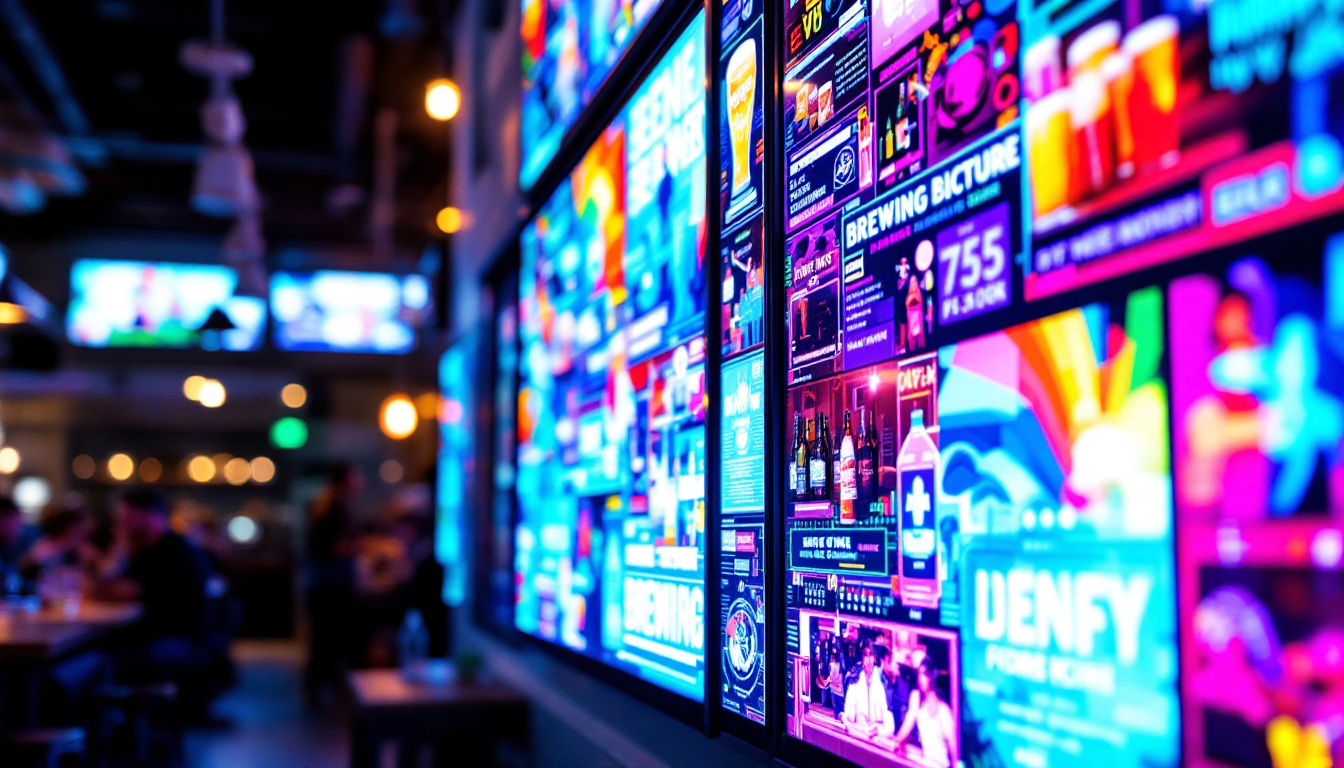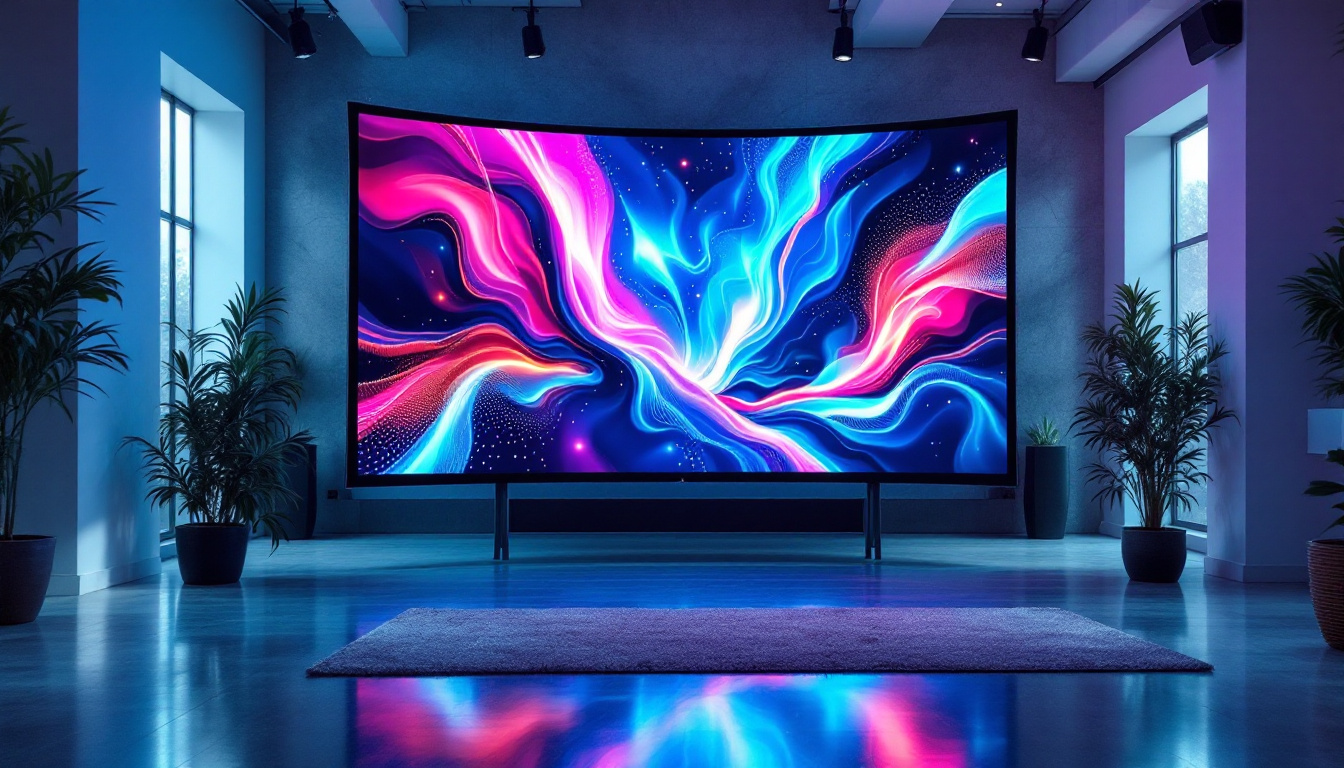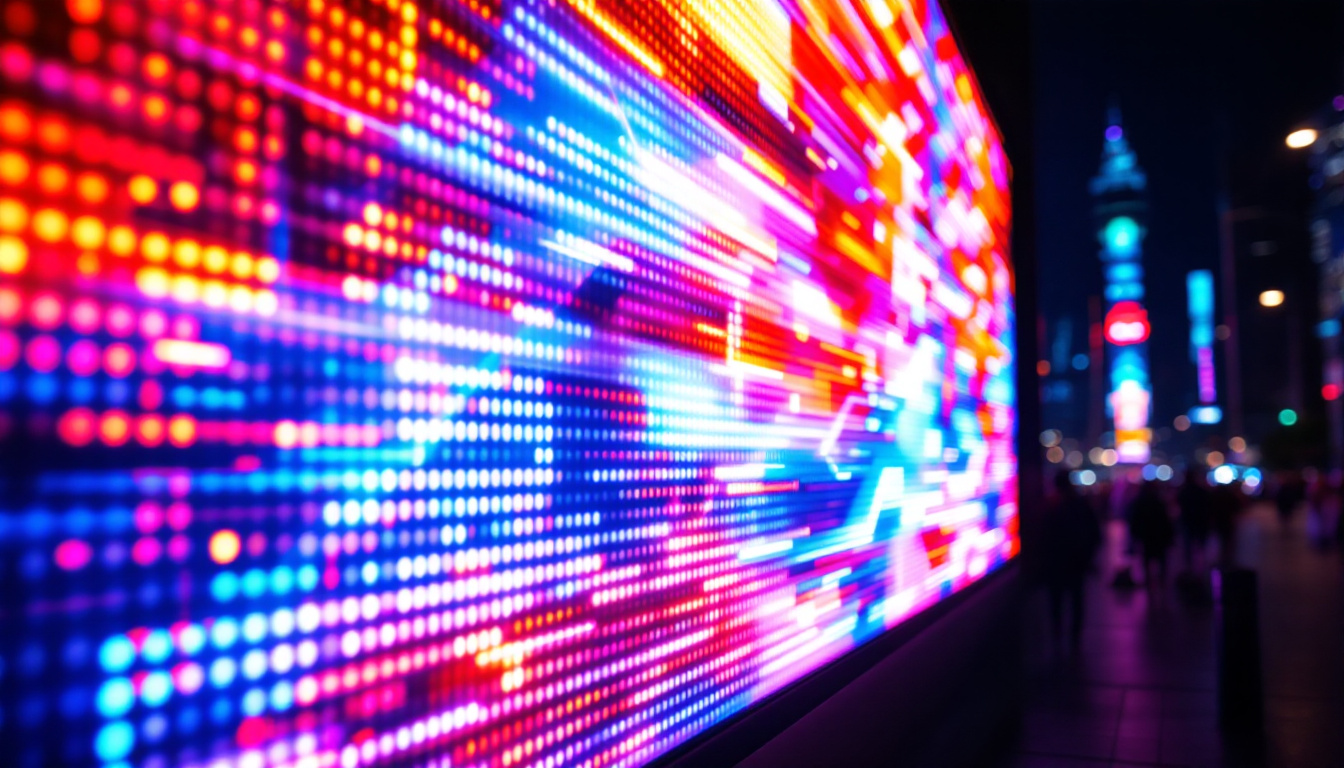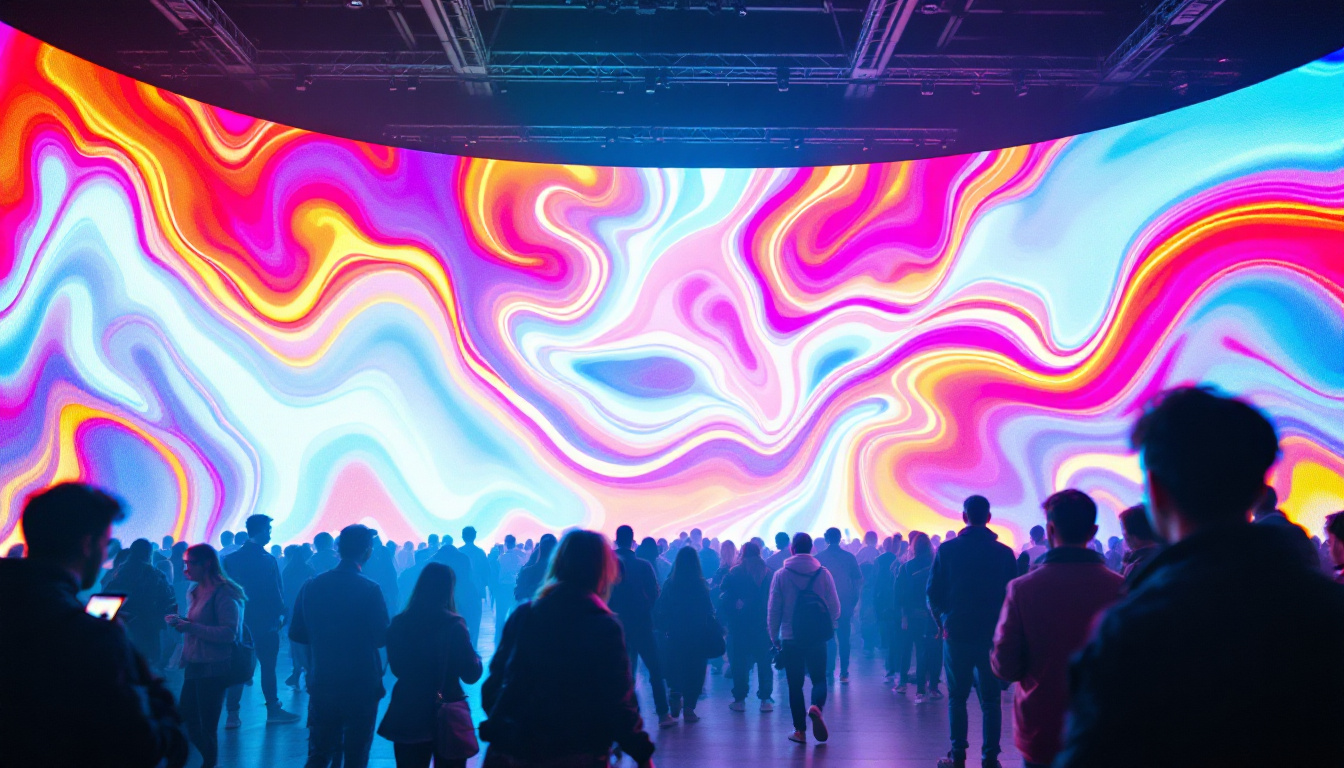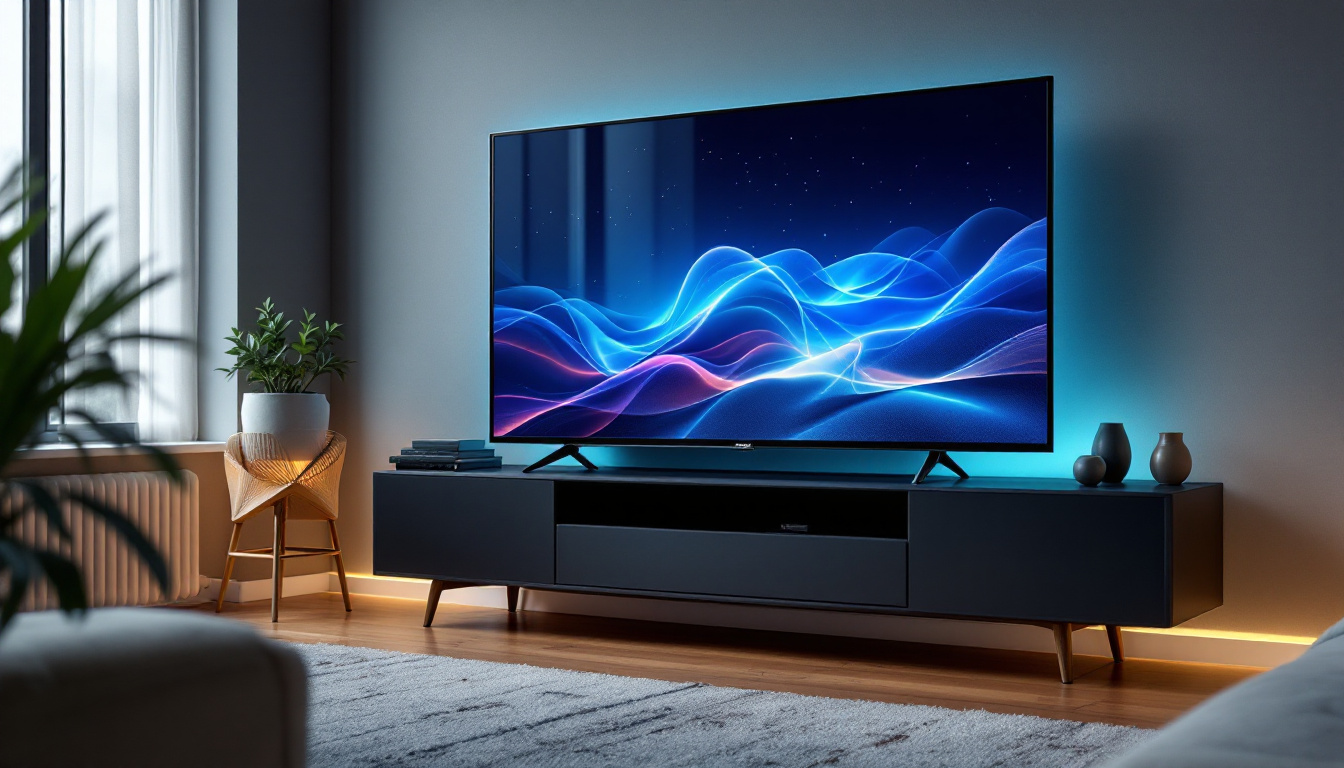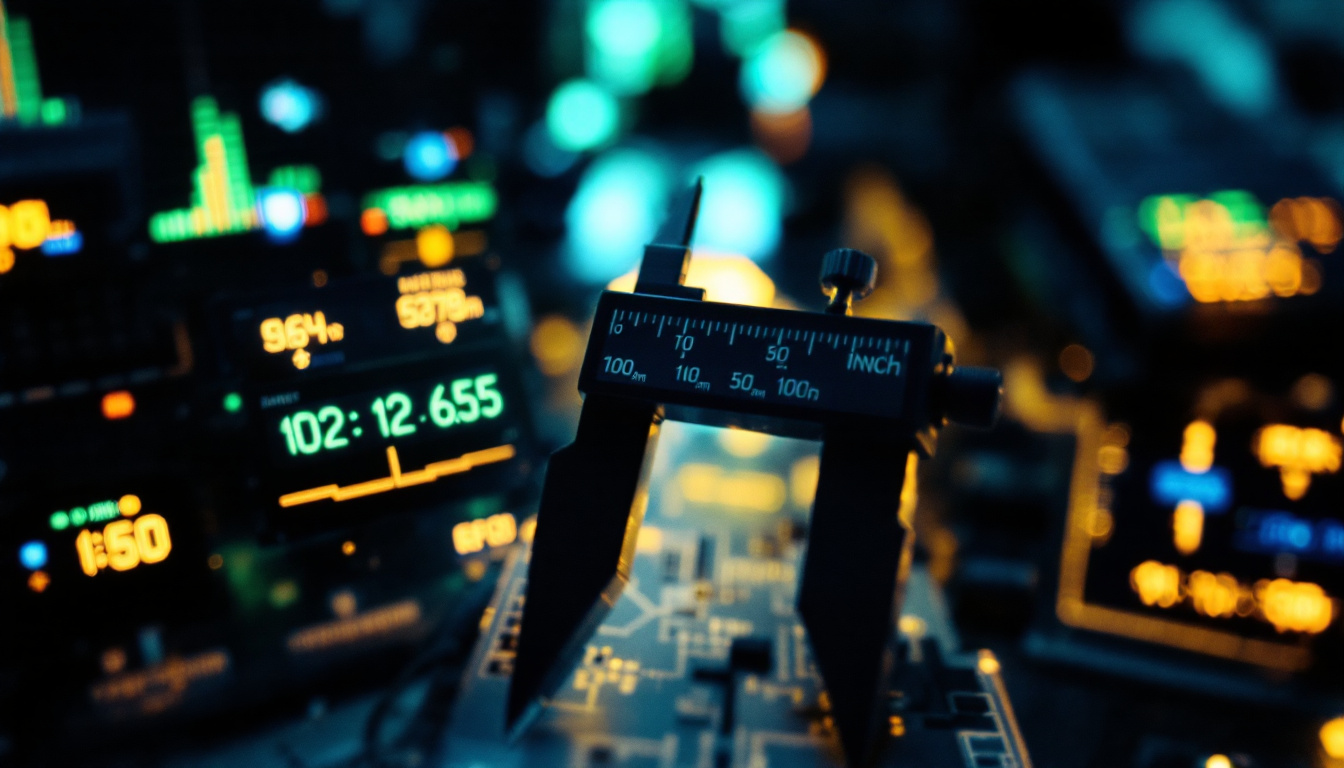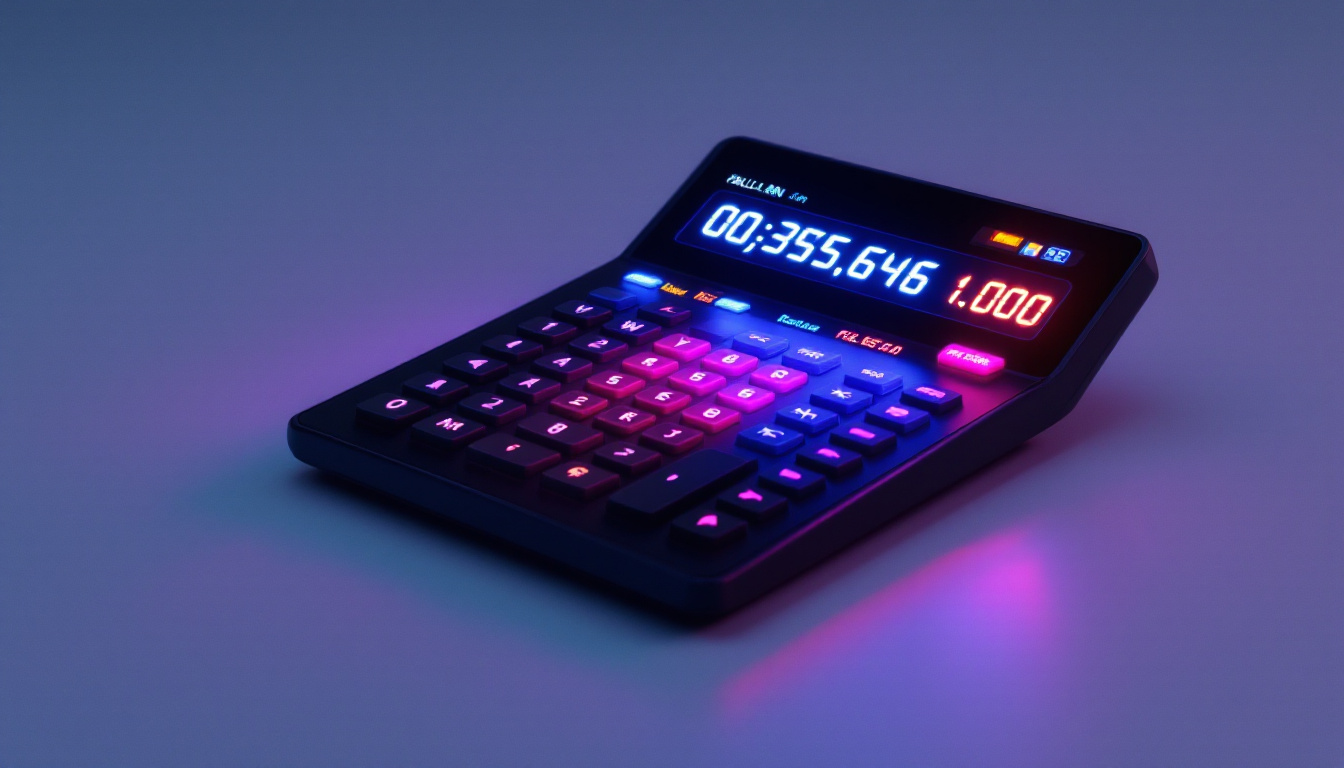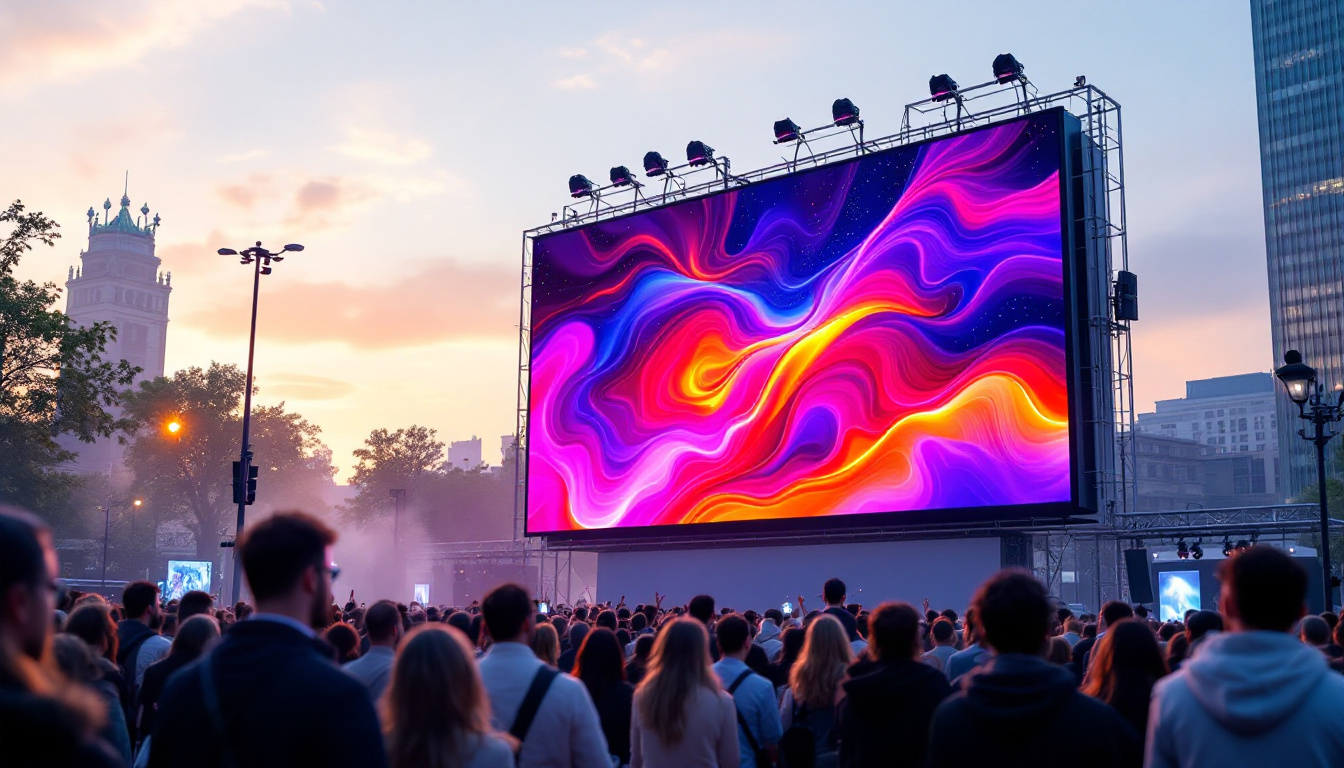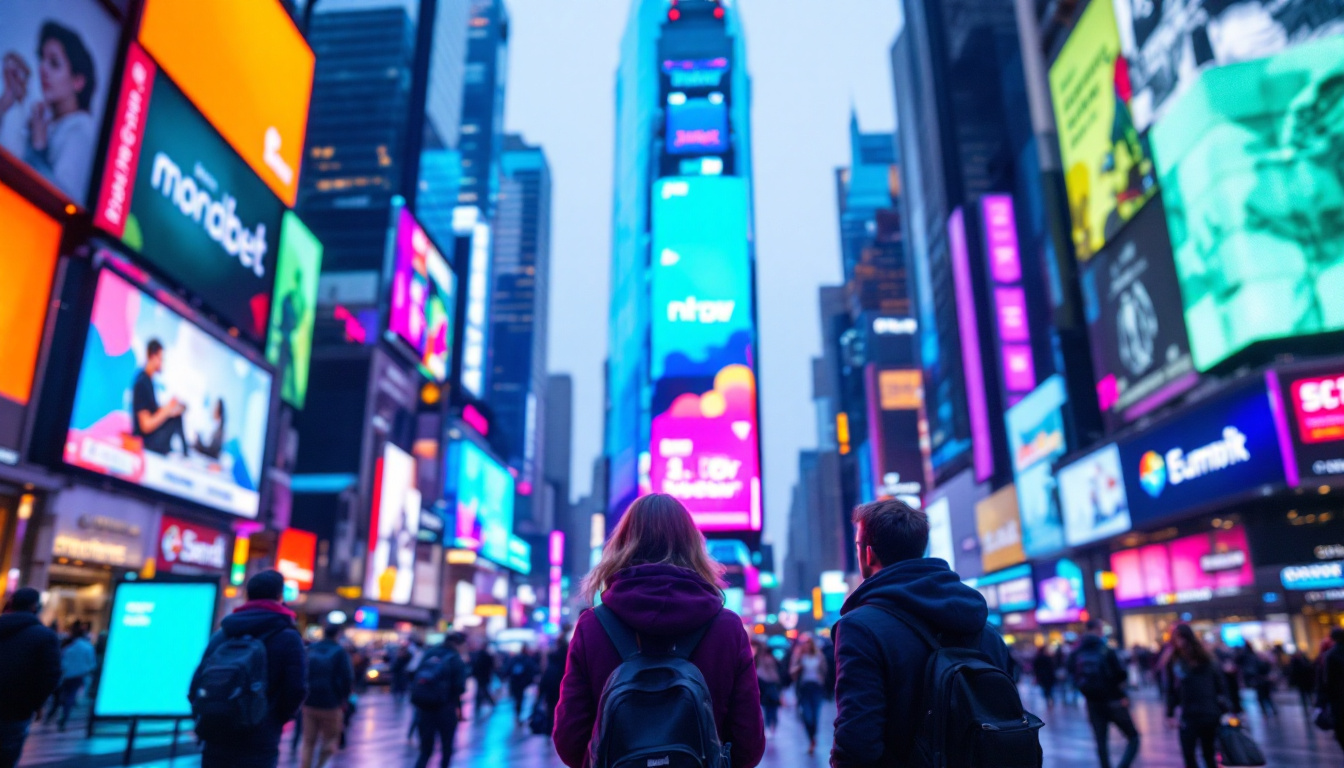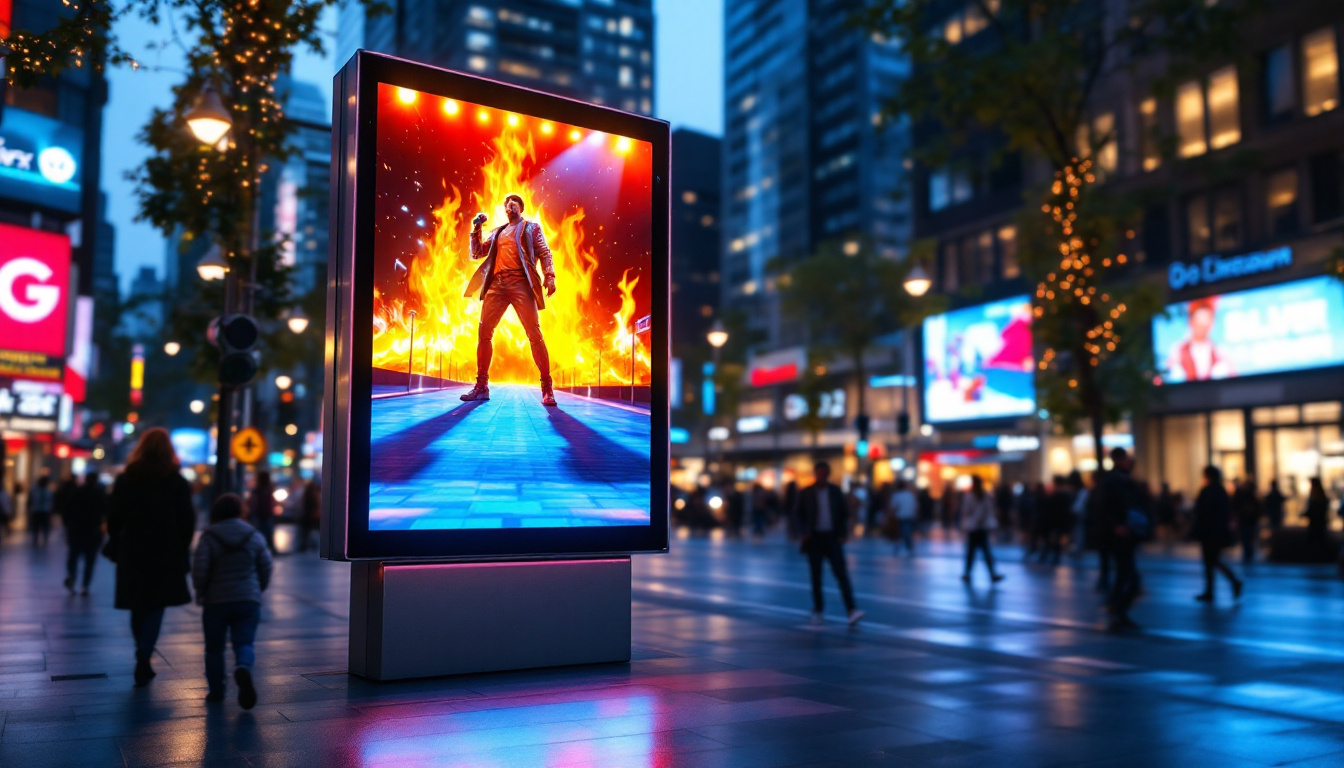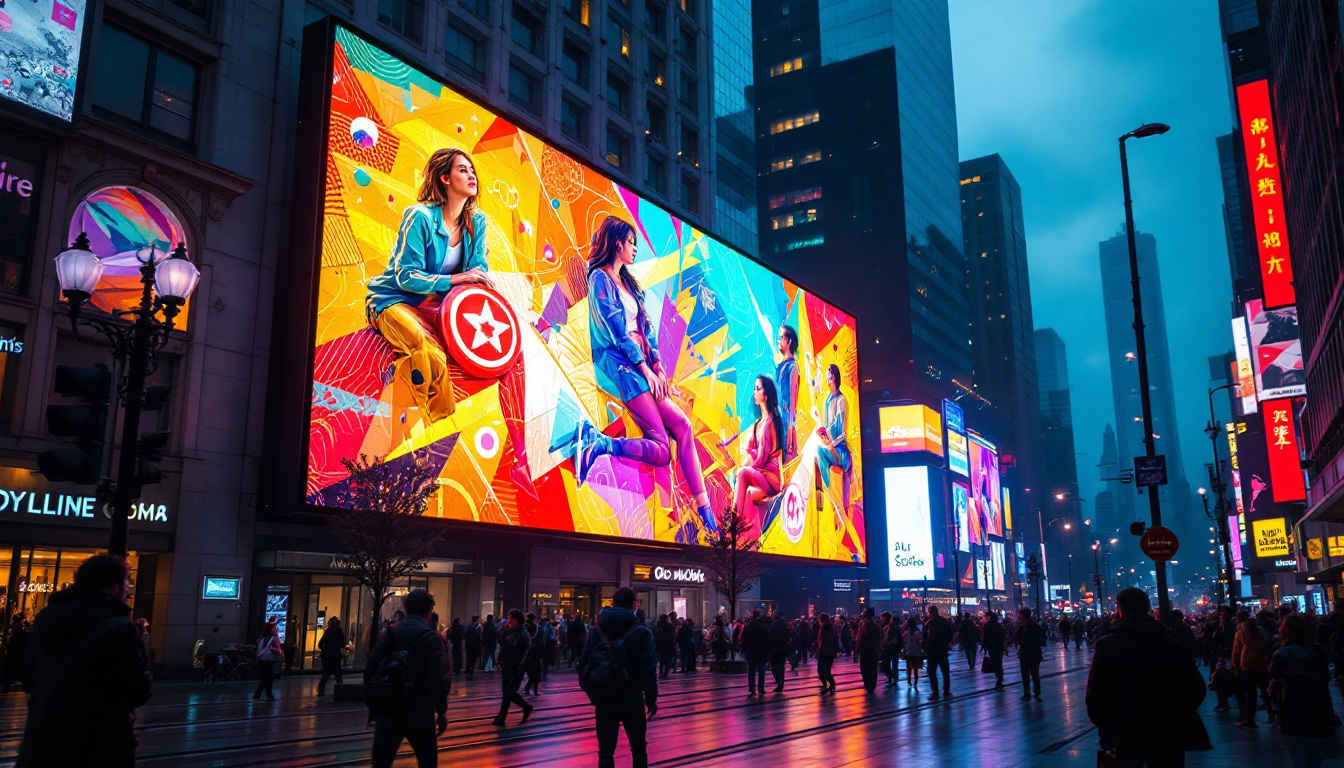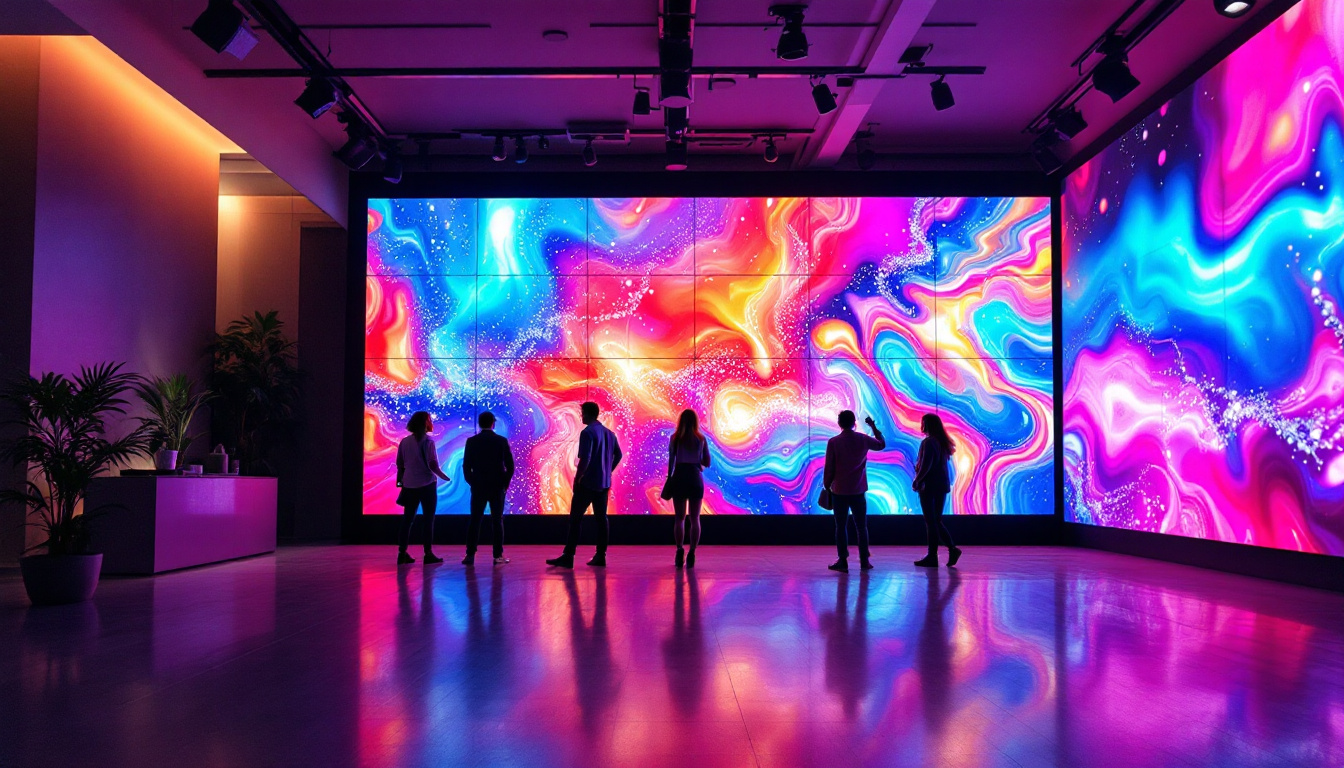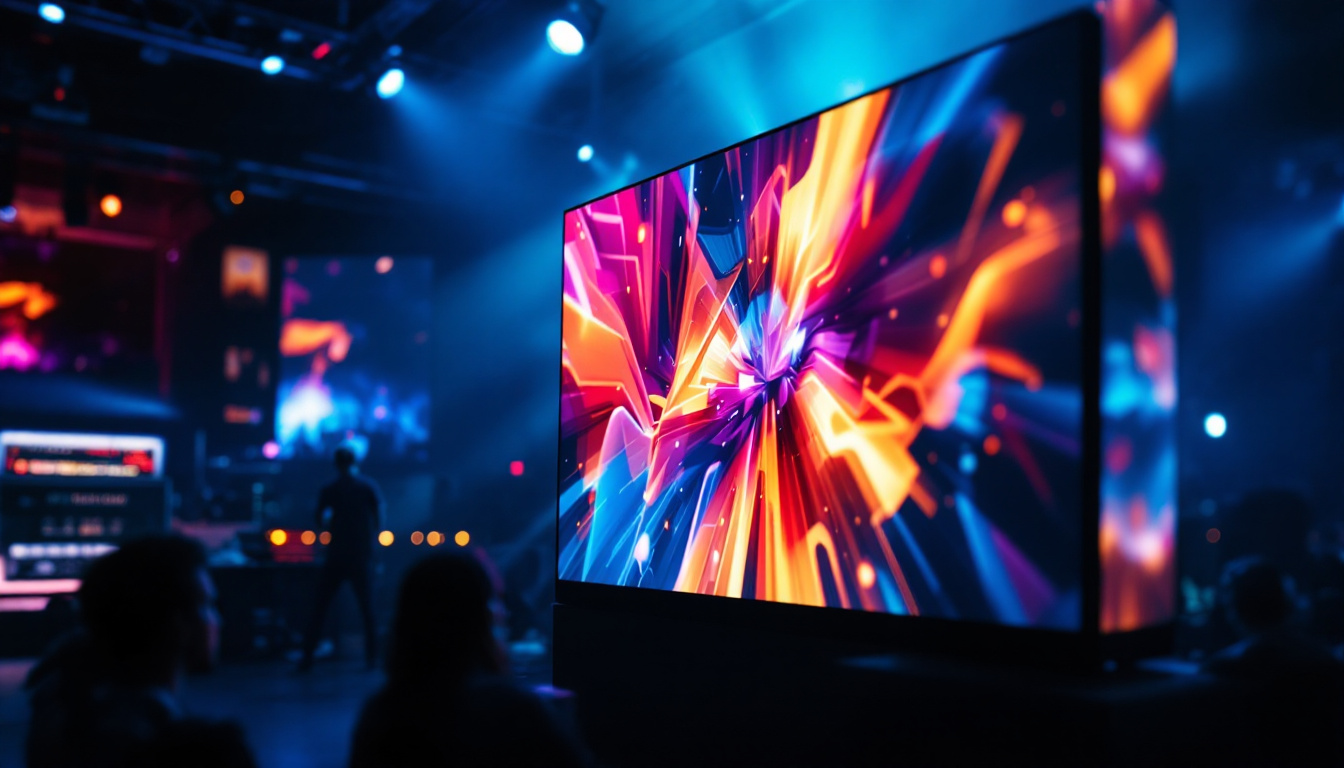In the bustling heart of Manhattan, billboards are not just a means of advertising; they are a vital part of the urban landscape. Among these, LED displays have emerged as a dominant force, transforming the way brands communicate with their audience. This article delves into the intricacies of LED displays, their advantages, and their impact on advertising in one of the world’s most iconic cities.
Understanding LED Technology
Light Emitting Diodes (LEDs) are semiconductor devices that emit light when an electric current passes through them. This technology has revolutionized the display industry, offering vibrant colors, energy efficiency, and longevity compared to traditional lighting methods. The rise of LED technology has not only transformed how we illuminate our spaces but has also significantly impacted various sectors, including advertising, entertainment, and even healthcare, where precise lighting is crucial.
How LEDs Work
At the core of an LED display are tiny diodes that produce light. When electricity flows through these diodes, they emit photons, which create visible light. By combining different colors of LEDs—red, green, and blue (RGB)—displays can produce a wide spectrum of colors. This RGB combination allows for dynamic and engaging visuals that capture the attention of passersby. Additionally, the efficiency of LEDs means that they convert a higher percentage of energy into light rather than heat, which is a significant advantage over traditional incandescent bulbs that waste a lot of energy. This efficiency not only reduces energy costs but also contributes to a lower carbon footprint, making LEDs an environmentally friendly choice.
Types of LED Displays
LED displays come in various forms, each suited for different applications. The most common types include:
- Indoor LED Displays: Typically used in shopping malls, airports, and conference centers, these displays are designed for close viewing and offer high resolution.
- Outdoor LED Displays: Built to withstand the elements, outdoor displays are larger and designed for visibility from a distance, making them ideal for billboards.
- Mobile LED Displays: Mounted on vehicles, these displays can be transported to various locations, offering flexibility for advertising campaigns.
In addition to these, there are also specialized LED displays such as transparent LED screens, which allow for a unique viewing experience by enabling visibility through the display itself. This innovation is particularly popular in retail environments where brands want to maintain an open and inviting atmosphere while still showcasing advertisements. Furthermore, flexible LED displays are gaining traction, allowing for creative installations that can bend and shape to fit different architectural designs, opening up new possibilities for artistic expression in public spaces.
The Advantages of LED Displays
LED displays offer numerous advantages over traditional advertising methods, making them a preferred choice for businesses looking to enhance their visibility.
Energy Efficiency
One of the most significant benefits of LED technology is its energy efficiency. LED displays consume significantly less power than traditional incandescent or fluorescent lights. This not only reduces operational costs but also minimizes the environmental impact, making it a sustainable choice for advertisers. Furthermore, the longevity of LED lights means they require less frequent replacements, further contributing to reduced waste and lower maintenance costs over time.
High Visibility and Brightness
Manhattan’s vibrant atmosphere demands displays that can stand out amidst the chaos. LED displays are known for their exceptional brightness, ensuring that advertisements remain visible even in direct sunlight. This high visibility is crucial for capturing the attention of pedestrians and drivers alike. Additionally, the color accuracy and contrast of LED screens can create striking visuals that draw in viewers, making them an effective tool for brand recognition and recall.
Dynamic Content Capabilities
Unlike static billboards, LED displays can showcase dynamic content that can be updated in real-time. Advertisers can change messages, images, and videos at the click of a button, allowing for timely promotions and engaging storytelling. This flexibility enhances the effectiveness of advertising campaigns, as brands can tailor their messages to current events or trends. Moreover, the ability to incorporate interactive elements, such as QR codes or social media feeds, can further engage audiences and encourage participation, transforming passive viewers into active participants in the brand experience.
Cost-Effectiveness Over Time
While the initial investment in LED technology may be higher than traditional advertising methods, the long-term cost-effectiveness is undeniable. The durability of LED displays means they can withstand various weather conditions, reducing the need for frequent repairs or replacements. Additionally, the lower energy consumption translates to significant savings on electricity bills. As businesses increasingly recognize the value of LED displays, many are finding that the return on investment justifies the upfront costs, making it a financially sound choice for advertising.
Enhanced Audience Engagement
LED displays not only capture attention but also foster a deeper connection with the audience. With the ability to display videos, animations, and live feeds, these screens can create an immersive experience that resonates with viewers. For instance, businesses can showcase customer testimonials, behind-the-scenes content, or even host live events, turning a simple advertisement into an engaging narrative. This level of interaction can significantly enhance brand loyalty and encourage customers to share their experiences, further amplifying the reach of the advertising campaign.
The Role of LED Displays in Manhattan Advertising
In a city that never sleeps, advertising plays a crucial role in shaping consumer behavior. LED displays have become a cornerstone of this advertising landscape, offering unique opportunities for brands to connect with their audience.
Capturing Attention in a Crowded Market
Manhattan is home to some of the most competitive advertising spaces in the world. With countless billboards vying for attention, the ability to stand out is paramount. LED displays, with their bright colors and dynamic content, are particularly effective at capturing the attention of potential customers. Their ability to change content frequently keeps the messaging fresh and engaging.
Enhancing Brand Experience
LED displays do more than just convey information; they enhance the overall brand experience. By incorporating video, animation, and interactive elements, brands can create immersive experiences that resonate with viewers. This engagement fosters a deeper connection between the consumer and the brand, ultimately driving loyalty and sales.
Integration with Digital Marketing Strategies
As digital marketing continues to evolve, the integration of LED displays into broader marketing strategies has become increasingly important. Advertisers can synchronize their LED content with online campaigns, social media, and mobile applications. This cohesive approach ensures that messaging is consistent across platforms, maximizing reach and impact.
Challenges of LED Displays
Despite their many advantages, LED displays also come with challenges that advertisers must navigate.
Initial Investment Costs
The initial cost of installing LED displays can be significant. While they offer long-term savings through energy efficiency and durability, the upfront investment may deter some businesses. However, many companies view this expense as a worthwhile investment, given the potential for increased visibility and engagement.
Regulatory Considerations
In Manhattan, outdoor advertising is subject to strict regulations. Advertisers must comply with local laws regarding the brightness, size, and placement of LED displays. Navigating these regulations can be complex, requiring careful planning and coordination with local authorities.
Content Management
Managing content for LED displays can be a daunting task, especially for brands with multiple locations or campaigns. Ensuring that content is relevant, timely, and engaging requires a dedicated team and robust management systems. This complexity can be a barrier for smaller businesses looking to leverage LED technology.
Future Trends in LED Display Advertising
The advertising landscape is continuously evolving, and LED displays are at the forefront of this transformation. Several trends are emerging that will shape the future of LED display advertising in Manhattan.
Increased Interactivity
As technology advances, the demand for interactive advertising experiences is on the rise. Future LED displays are likely to incorporate touchscreens, augmented reality (AR), and facial recognition technology, allowing brands to engage consumers in more personalized ways. This interactivity can lead to higher engagement rates and improved customer experiences.
Integration with Artificial Intelligence
Artificial intelligence (AI) is poised to revolutionize the way advertisers manage and optimize their LED display campaigns. AI algorithms can analyze consumer behavior and preferences, enabling brands to deliver targeted content that resonates with specific audiences. This level of personalization can significantly enhance the effectiveness of advertising efforts.
Sustainability Initiatives
As environmental concerns continue to grow, the advertising industry is increasingly focusing on sustainability. Future LED displays will likely incorporate eco-friendly materials and technologies, further reducing their carbon footprint. Advertisers that prioritize sustainability will not only appeal to environmentally conscious consumers but also align with global efforts to combat climate change.
Conclusion
LED displays have transformed the advertising landscape in Manhattan, offering unparalleled opportunities for brands to connect with their audience. Their energy efficiency, high visibility, and dynamic content capabilities make them an attractive choice for advertisers looking to stand out in a crowded market. However, the challenges associated with initial investment costs, regulatory considerations, and content management must be carefully navigated.
As technology continues to evolve, the future of LED display advertising looks bright. With trends such as increased interactivity, AI integration, and sustainability initiatives on the horizon, brands that embrace these innovations will be well-positioned to thrive in the ever-changing advertising landscape. In a city as vibrant and dynamic as Manhattan, LED displays will undoubtedly remain a key player in the world of advertising for years to come.
Illuminate Your Brand with LumenMatrix
Ready to elevate your advertising strategy in the heart of Manhattan? LumenMatrix is at the forefront of LED display innovation, offering a diverse range of solutions tailored to your unique needs. From the bustling streets to the dynamic digital world, our Indoor and Outdoor LED Wall Displays, Vehicle LED Displays, and specialized options like LED Sports and Floor Displays, are designed to captivate and engage. Embrace the future of visual communication with our Custom, All-in-One, and Transparent LED Displays. Check out LumenMatrix LED Display Solutions today and transform your brand’s visibility with unforgettable visual experiences.

